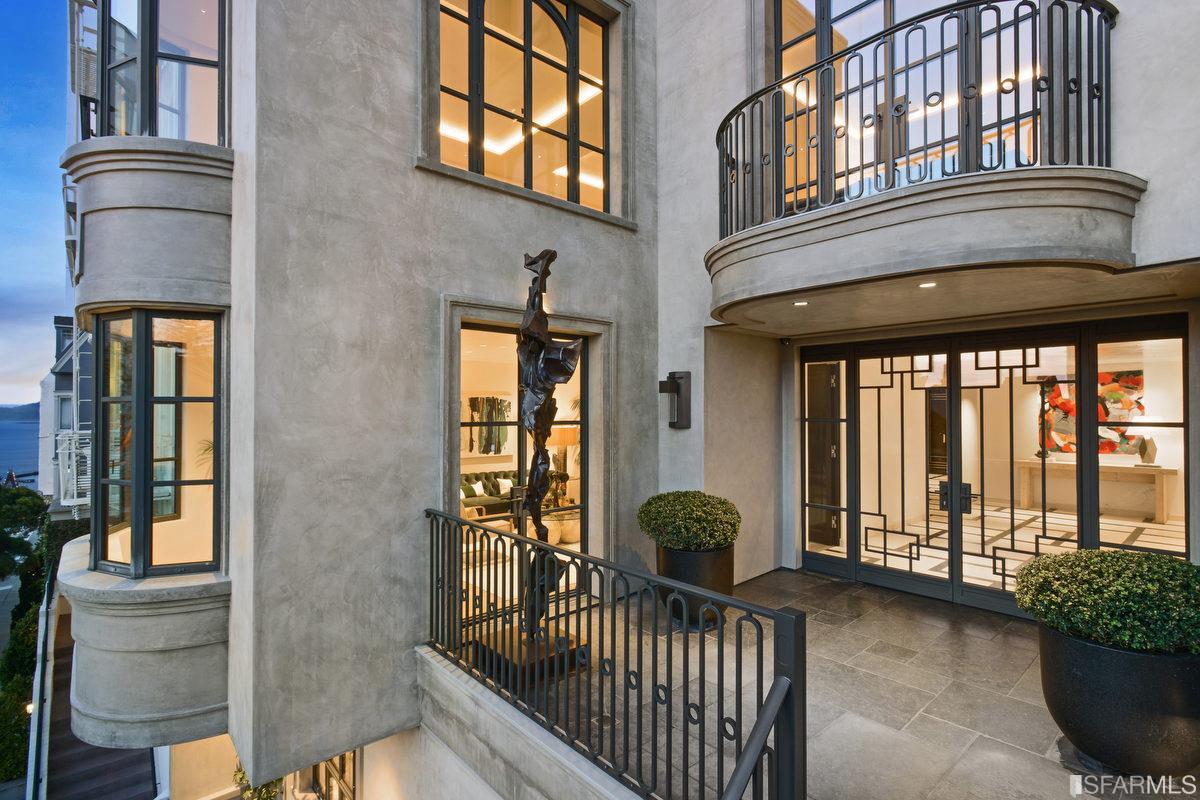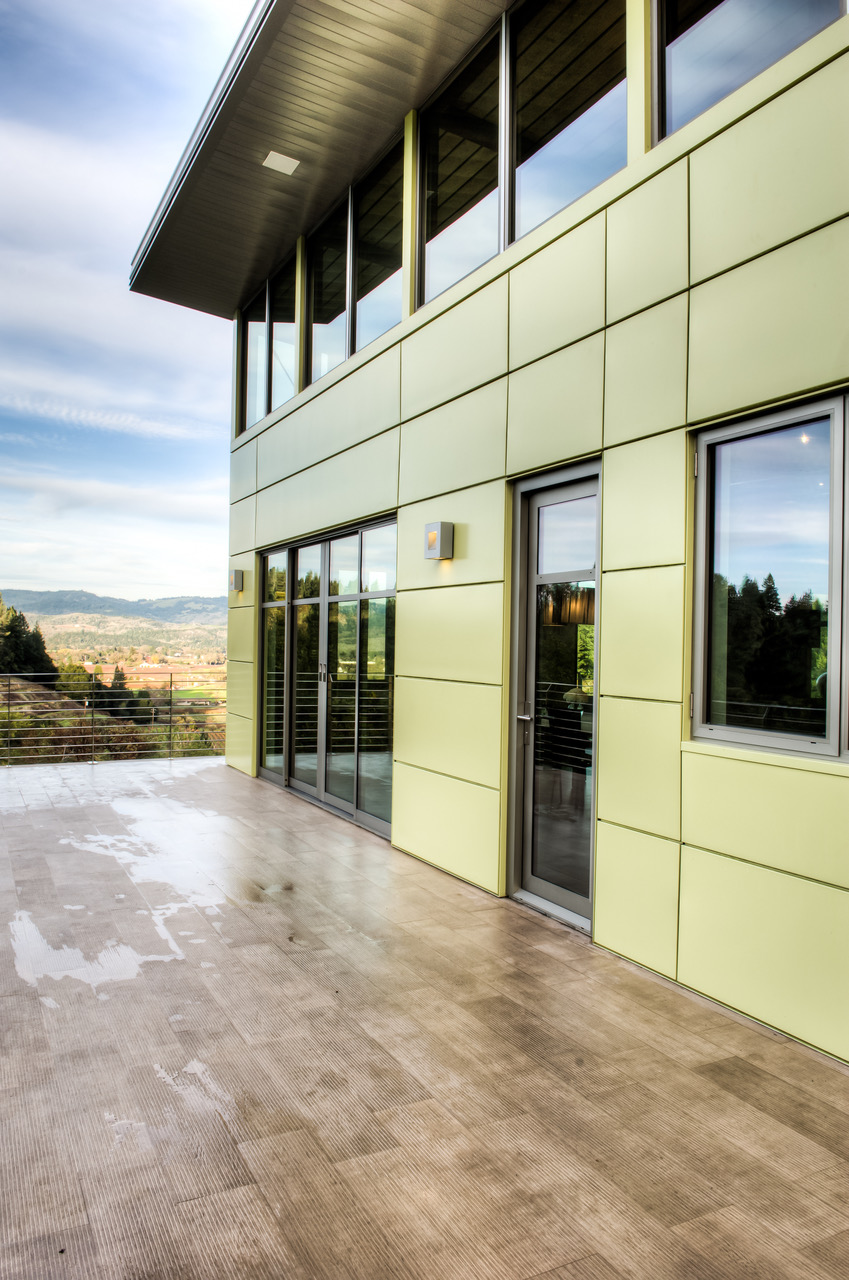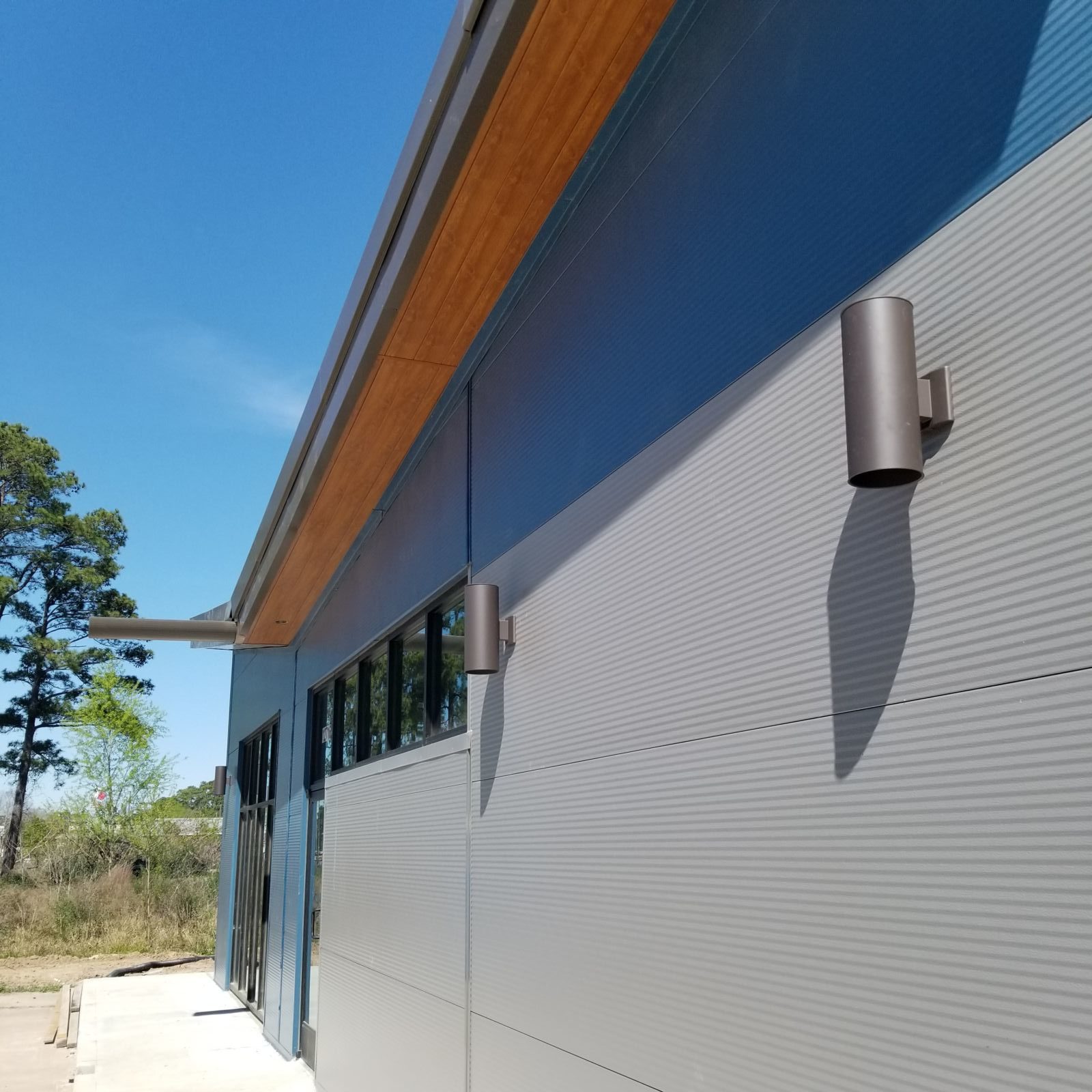Creating Zero Energy Buildings: Strategies for Sustainable Design
As the world becomes increasingly aware of the environmental impact of traditional building practices, zero energy buildings (ZEBs) have emerged as a groundbreaking solution. These structures produce as much energy as they consume over the course of a year, significantly reducing their carbon footprint. In this article, we will explore what zero energy buildings are, how they differ from green buildings, the energy considerations involved, and the materials commonly used in their construction.

What Is Meant by Zero Energy Building?

A zero energy building is designed to generate enough renewable energy to offset its total energy consumption on an annual basis. This means that the energy produced from renewable sources—such as solar panels, wind turbines, or geothermal systems—equals the energy consumed by the building for heating, cooling, lighting, and appliances. ZEBs typically use advanced energy-efficient technologies and sustainable practices to achieve this balance.

What Is the Difference Between Green Building and Zero Energy Building?

While both green buildings and zero energy buildings aim to reduce environmental impact, they differ in focus:
- Green Buildings: These structures are designed to be environmentally friendly and resource-efficient throughout their lifecycle, including site selection, materials, water use, and indoor environmental quality. Green buildings may not achieve net-zero energy but emphasize sustainable practices.
- Zero Energy Buildings: In contrast, ZEBs specifically focus on energy consumption and generation. While all zero energy buildings can be considered green due to their sustainable features, not all green buildings qualify as zero energy. The primary goal of a ZEB is to achieve energy neutrality.
What Is the Energy in Zero Build?
In the context of zero energy buildings, the term energy in zero build refers to the total energy balance achieved through a combination of energy efficiency measures and renewable energy generation. This includes:
- Energy Efficiency: Utilizing energy-efficient systems, appliances, and insulation to minimize energy consumption within the building.
- Renewable Energy Generation: Installing renewable energy systems (e.g., solar panels, wind turbines) to produce energy that offsets the building’s energy use.
The key to a successful zero energy building lies in achieving a harmony between the energy consumed and the energy produced.
What Is the Material for Zero Energy Building?

The choice of materials in zero energy buildings plays a crucial role in enhancing energy efficiency and sustainability. Common materials include:
- High-Performance Insulation: Advanced insulation materials help minimize heat loss and gain, reducing the energy needed for heating and cooling.
- Sustainable Building Materials: Using recycled, reclaimed, or sustainably sourced materials reduces the environmental impact of construction. Examples include bamboo, reclaimed wood, and recycled steel.
- Energy-Efficient Windows and Glazing: Installing triple-glazed windows or other energy-efficient window technologies minimizes thermal bridging and enhances natural lighting.
- Renewable Energy Technologies: Incorporating solar panels, geothermal systems, or wind turbines into the building’s design ensures that it can generate its own energy.
By integrating these materials and systems, architects and builders can create buildings that not only meet the zero energy standard but also contribute to a more sustainable future.
In conclusion, creating zero energy buildings represents a significant step toward sustainable design and construction practices. By understanding the principles of zero energy design and utilizing the right materials and technologies, we can pave the way for a greener future.


WHY ECOSTEEL?
EcoSteel building systems come in a variety of shapes and sizes, but at their core they all utilize a custom engineered structural steel frame and a high-performance insulated shell. From sub-zero temperatures to dry heat or high humidity, Mother Nature continually tests the limits of building envelopes. While our insulated wall panels are a popular option, sometimes they are substituted or combined with masonry, stone, pre-cast or tilt-up concrete, wood, glass or other architectural wall treatments. The versatility and flexibility of our building systems allows for a myriad of colors, shapes, textures and designs. Today’s building projects require the perfect combination of energy efficiency, creative versatility, and reduced construction cost.














You must be logged in to post a comment.